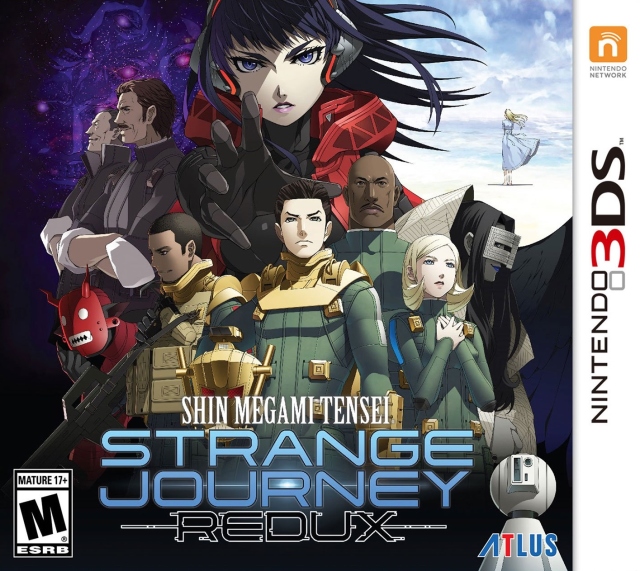 The Butlerian Jihad
The Butlerian Jihad by
Brian Herbert
My rating:
4 of 5 stars
This Dune prequel authors Brian Herbert and Kevin J. Anderson dedicate to their editors, with acknowledgements to Penny Merritt for helping to maintain the literary legacy of her father Frank Herbert, not to mention editors, beta readers, and other Merritts and Herberts. In the prologue, Princess Irulan writes that true students must realize that history has no beginning, with backstory exposed occurring ten millennia before the birth of Paul Atreides, hero of the original Dune by Frank Herbert. Around this time was the founding of the Imperium, an Empire arising from the ashes from the Battle of Corrin.
Another key component of the Duneverse’s backstory is the Great Revolt, or the Butlerian Jihad, a war against thinking machines. It was also during this conflict that the betrayal creating the long-running rivalry between the Houses Atreides and Harkonnen occurred. Many other organizations play part in the Duneverse’s background such as the Bene Gesserit Sisterhood, the Spacing Guild and its navigators, the Swordmasters of Ginaz, the Suk Medical School, and the Mentats. There are also the oppressed Zensunni Wanderers who went into the deserts of the arid world of Arrakis and became soldiers known as the Fremen, leading to the birth and life of the Muad’Dib.
Before these times, in the age of the Old Empire, humanity lost its drive, with Terrans spreading across their galaxy, and eventually letting machines take over their typical tasks. A man named Tlaloc wished to overthrow the Old Empire, recruiting allies such as General Agamemnon, his lover Juno, and a programmer named Barbarossa, who made machines intelligent, and succeeded in disposing of the Empire, becoming known as the Titans, their chief foes being the League of Nobles. When Tlaloc died in an accident, Agamemnon took control, with he and Juno having their brains preserved and placed into machines, becoming cymeks, machines containing human brains.
The Time of Titans would last a century, with one of them, Xerxes, surrendering access to an artificial intelligence network known as Omnius, which spreads across space, taking over Titan-controlled worlds and Agamemnon and his confederates becoming reluctant supporters. Before the Butlerian Jihad, Omnius ruled the Synchronized Worlds with an iron fist, with humans surviving on the outskirts of these planets, and the League of Nobles deflecting attacks from the machines. Commencing each of the main chapters is a fictitious philosophical quote, the first of many of these from Sister Becca indicating that humans signed their death warrant when creating intelligent machines.
The main action of the prequel novel opens with machines approaching the League of Nobles-controlled world of Salusa Secundus, intending to crush the feral humans they term hrethgir. In response, Xavier Harkonnen, a tercero in the Salusa Militia, the local branch of the League Armada, fights back, recalling that a cymek attack killed his parents and brother. The mastermind of the novel’s titular conflict, Serena Butler, is also introduced when she addresses the Hall of Parliament, with a discourse of abolitionist politics, of which she is part, favoring the end of slavery, playing a role throughout the narrative.
The cymek attack on Salusa Secundus ultimately causes the Parliament to evacuate, with Xavier fearing for Serena, and believing humans must make their stand against the thinking machines, headquartered on the Synchronized World of Corrin, and receiving reinforcement in the form of neo-cymeks that were traitorous humans. Sporadically within many chapters is the tale of the orphaned Selim, who lives on Arrakis, and is banished from his tribe for water thievery, having run-ins with sandworms that ultimately come to play part in his development. Vorian Atreides, born of the Titan Agamemnon’s sperm impregnating a female slave, is also eventually introduced.
The incident that sparks the titular Butlerian Jihad comes in the latter portion of the book, which is ultimately engaging and enjoyable, with the quotes preceding each chapter, for one, giving it a feel that the book’s events are a thing to come in the future, alongside plenty of action and conflict with vivid descriptions. One, however, could argue that the book is derivative, since the theme of intelligent machines has been done by media such as the Terminator and Matrix franchises, but Frank Herbert, given his son Brian’s research of his father’s notes, likely had the idea long before them.
View all my reviews
 The Academy by Cordelia Castel
The Academy by Cordelia Castel











